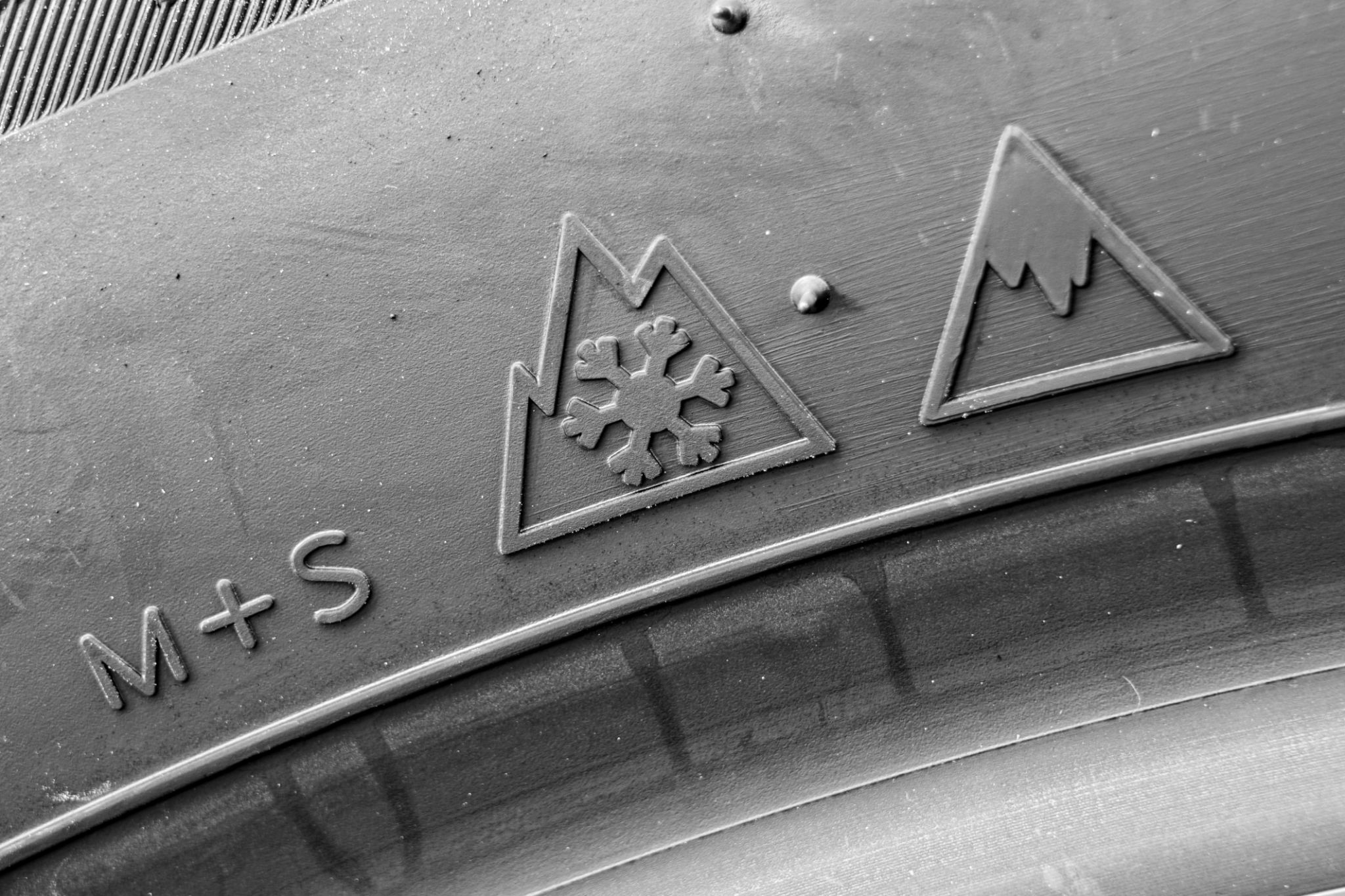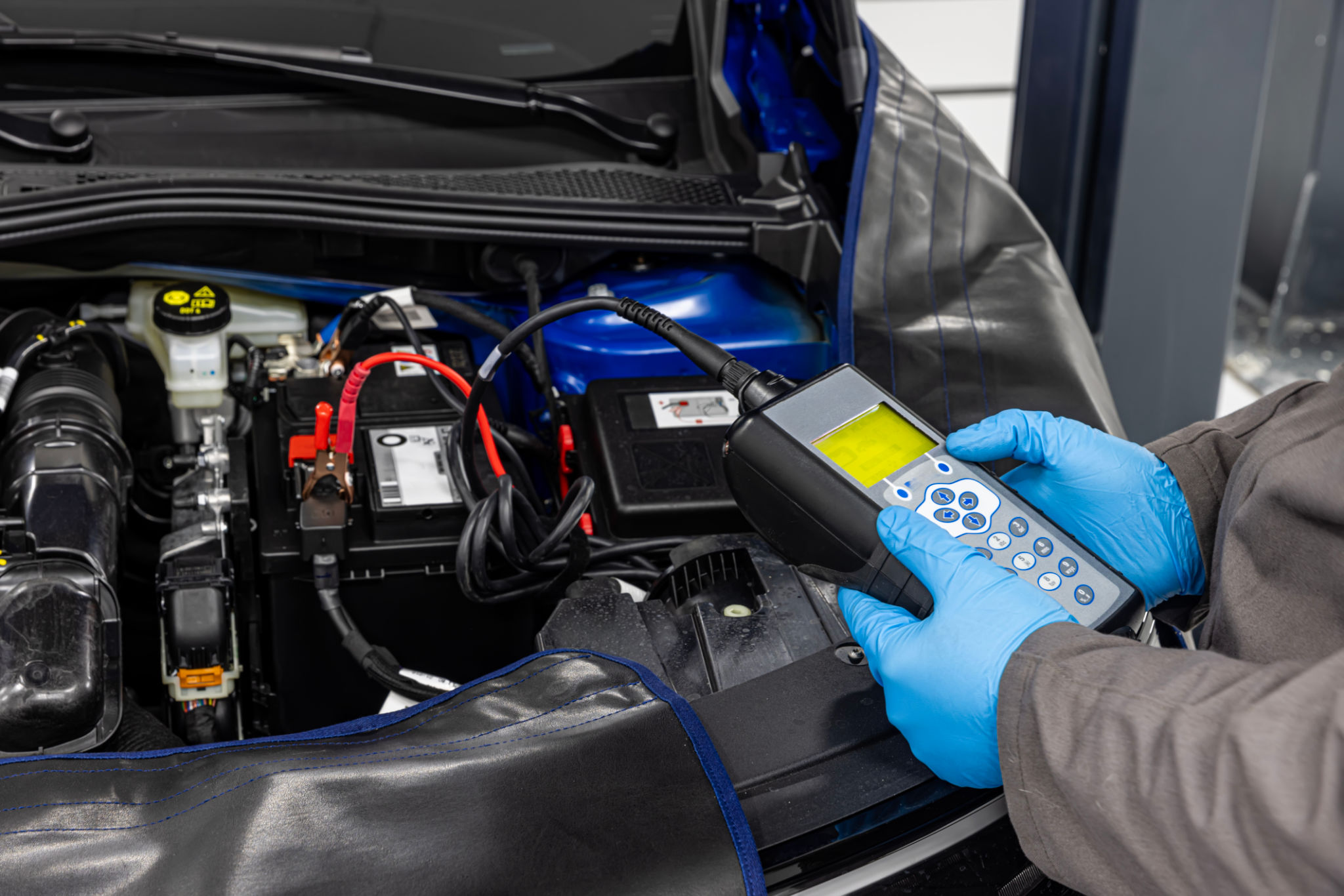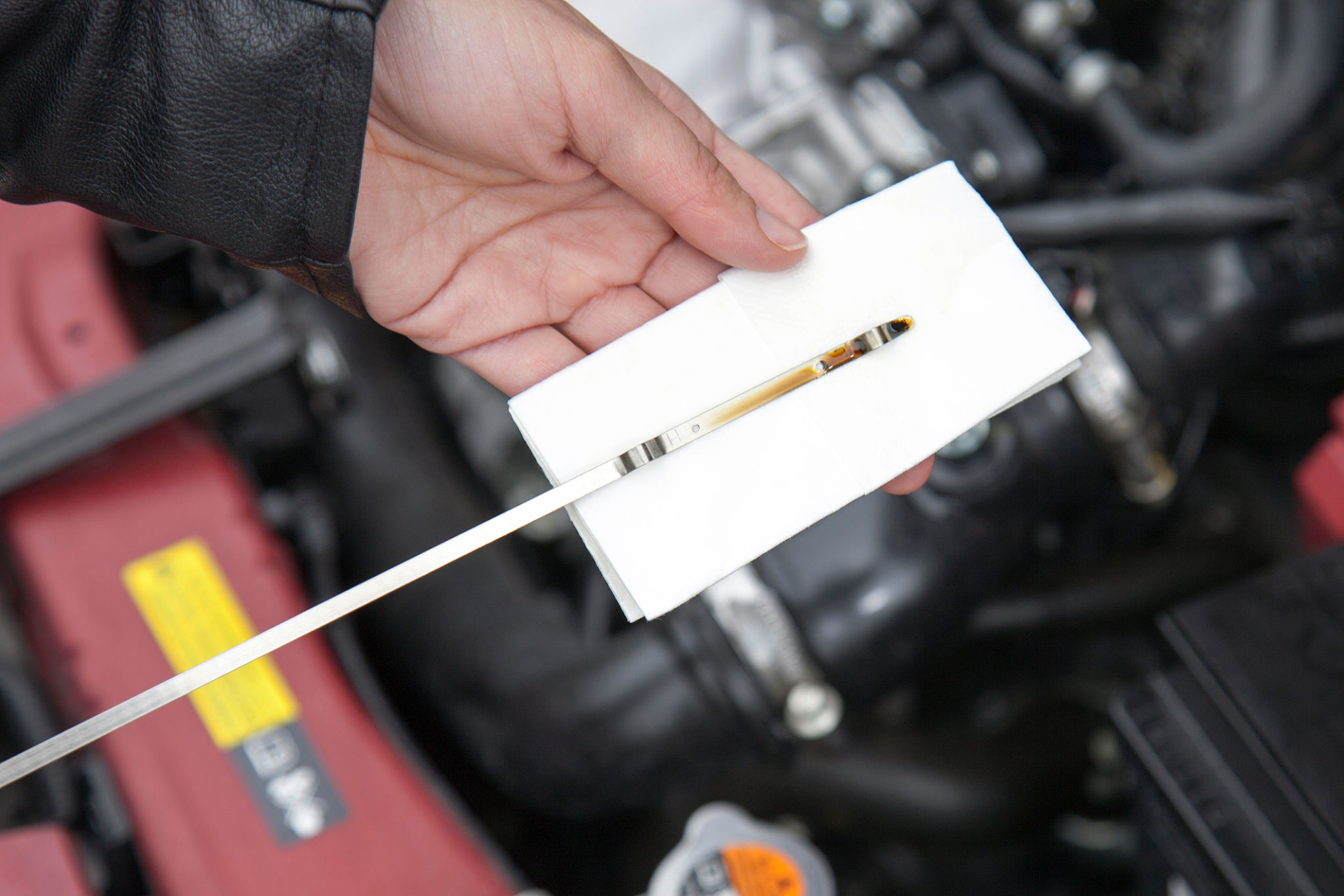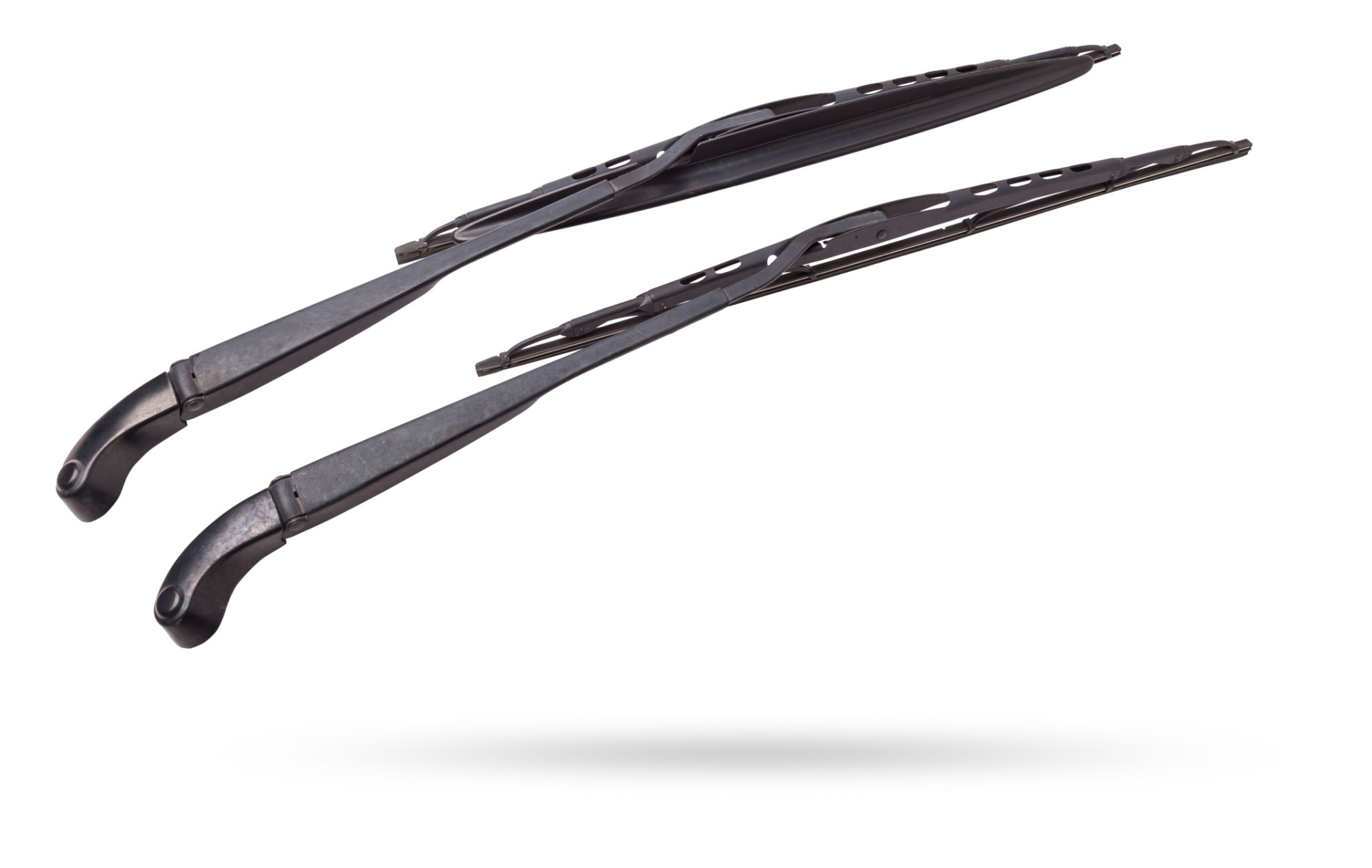Preparing Your Vehicle for Winter: Essential Parts You Need
Inspecting Your Tires
As temperatures drop, your tires are one of the most critical components to inspect. Cold weather can cause tires to lose pressure, affecting traction and control. Make sure to regularly check tire pressure and consider switching to winter tires for better grip on icy roads. Winter tires are designed with deeper treads and special rubber compounds for optimal performance in cold conditions.

Don't forget to examine the tire tread depth. Bald tires can be hazardous in winter conditions, so replace them if necessary. Some experts recommend a minimum tread depth of 3/32 inches for safe driving in snow and ice.
Checking Your Vehicle’s Battery
Winter weather can take a toll on your vehicle’s battery. Cold temperatures can reduce battery capacity, making it harder to start your car. It's important to test your battery's charge and replace it if it's weak. Most auto parts stores offer free battery testing services, so take advantage of these before the winter season fully sets in.

If your battery is over three years old, consider replacing it. Older batteries are more likely to fail in extreme temperatures. Ensure that the battery terminals are clean and free of corrosion, as this can also affect performance.
Ensuring Proper Antifreeze Levels
Antifreeze, or coolant, is crucial for preventing your engine from freezing during winter. Make sure your vehicle has the appropriate mixture of antifreeze and water, usually a 50/50 blend. This mixture helps regulate engine temperature and prevents freezing in cold weather.

You can test the antifreeze mixture using a simple antifreeze tester available at most auto parts stores. If the mixture is off, top it up or replace it to maintain proper engine function.
Inspecting Your Brakes
Your brakes are essential for safe winter driving. Ensure that brake pads and rotors are in good condition and have sufficient thickness. Listen for unusual sounds like squeaking or grinding, which can indicate wear. Winter roads can be slippery, so having reliable brakes is critical for avoiding accidents.
Replacing Wiper Blades and Checking Fluid
Visibility can be compromised by snow and ice, making it essential to have functioning windshield wipers. Replace old or worn wiper blades to ensure they can effectively clear moisture and debris from your windshield. Consider investing in winter wiper blades designed to handle heavier snow and ice.

Also, check your windshield washer fluid and top it off with a winter-specific formula that won't freeze in low temperatures. This fluid is vital for keeping your windshield clear during snowy conditions.
Checking Heater and Defroster Functionality
A functional heater and defroster are crucial for comfort and safety during the winter months. Make sure your heater is blowing warm air and that your defroster efficiently clears foggy windows. If you notice any issues, have them checked by a professional to avoid discomfort or dangerous driving conditions.
By following these essential steps, you can ensure that your vehicle is well-prepared for the challenges of winter driving. Regular maintenance and inspections will help keep you safe on the road, no matter how severe the weather becomes.
